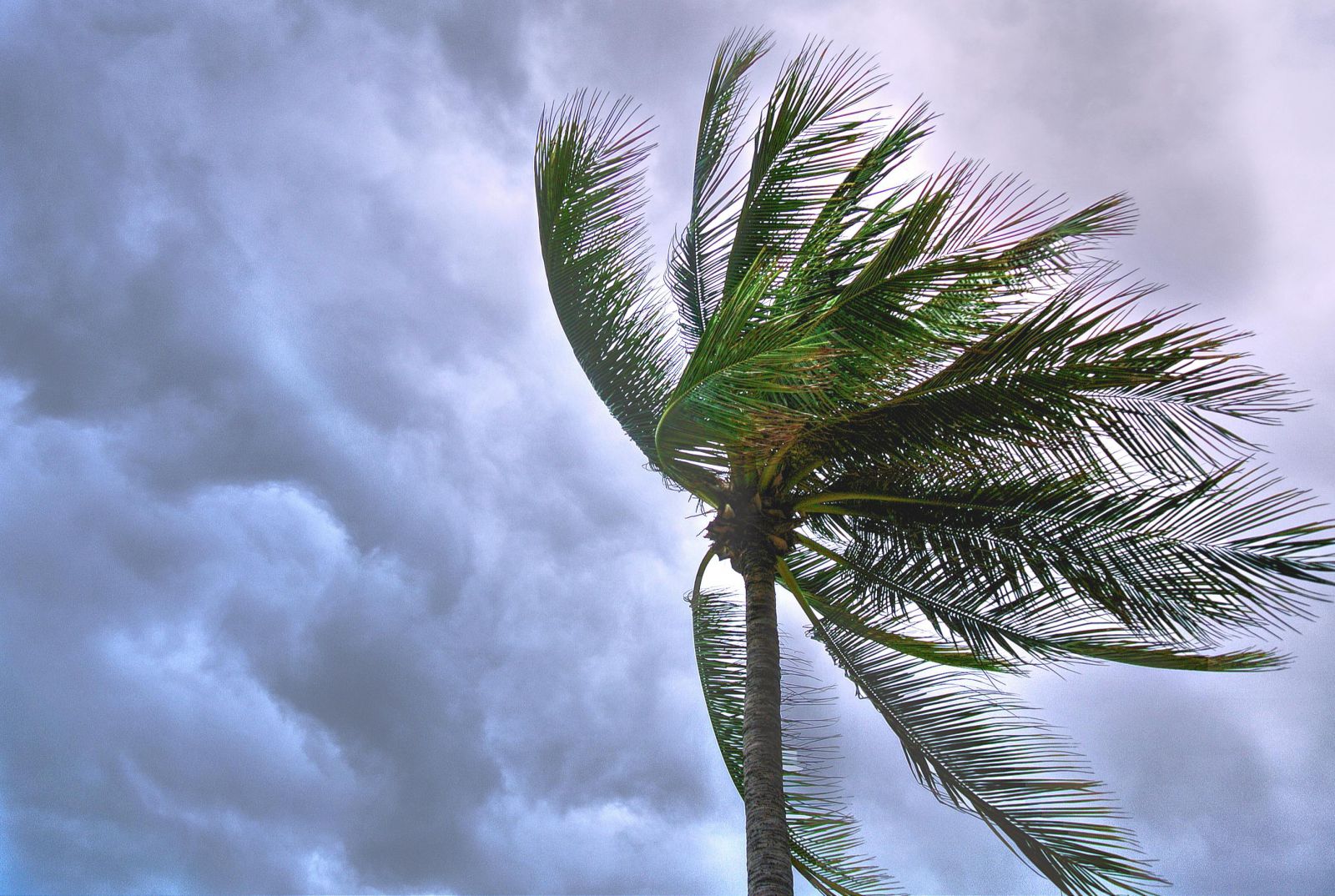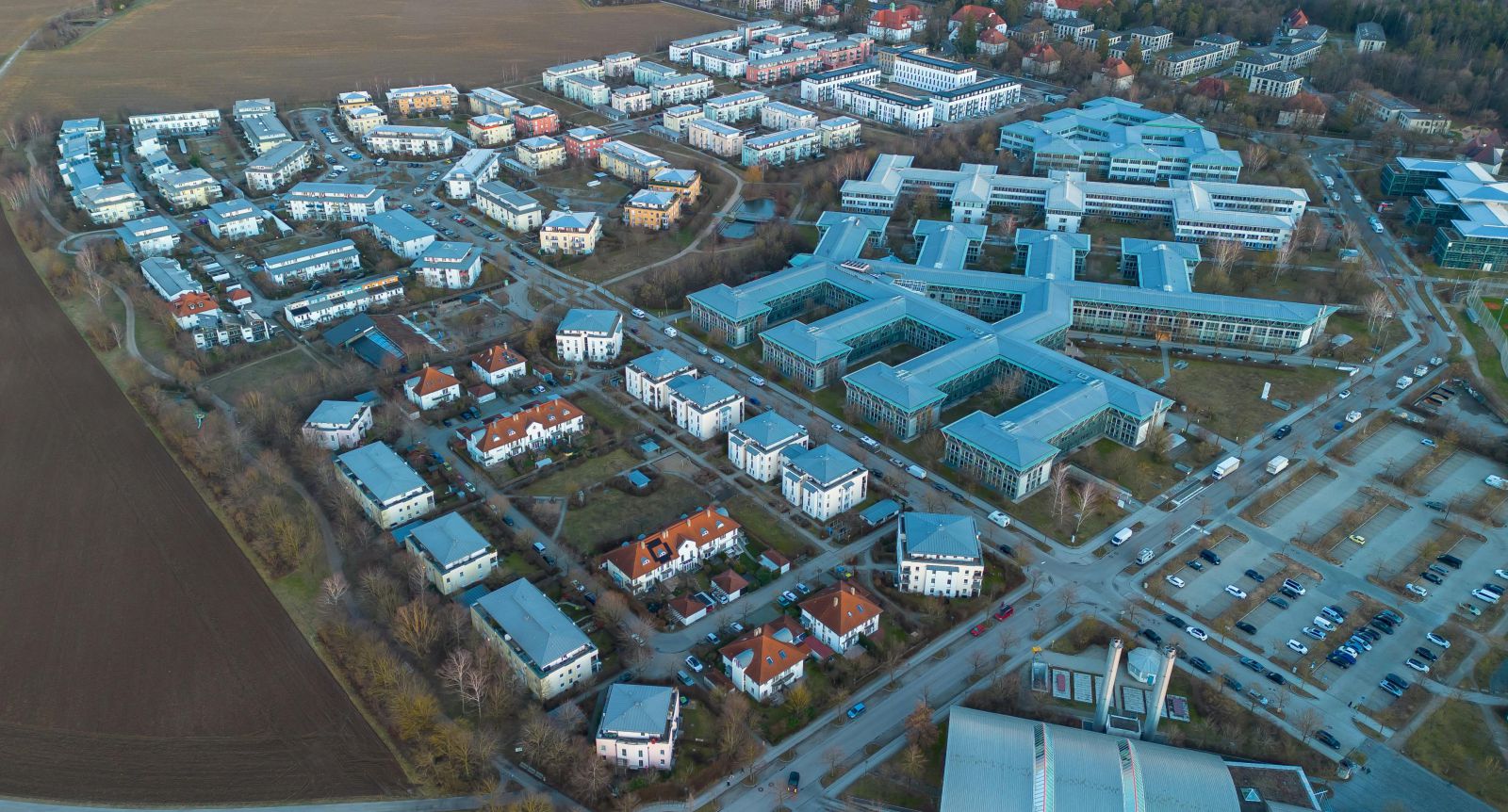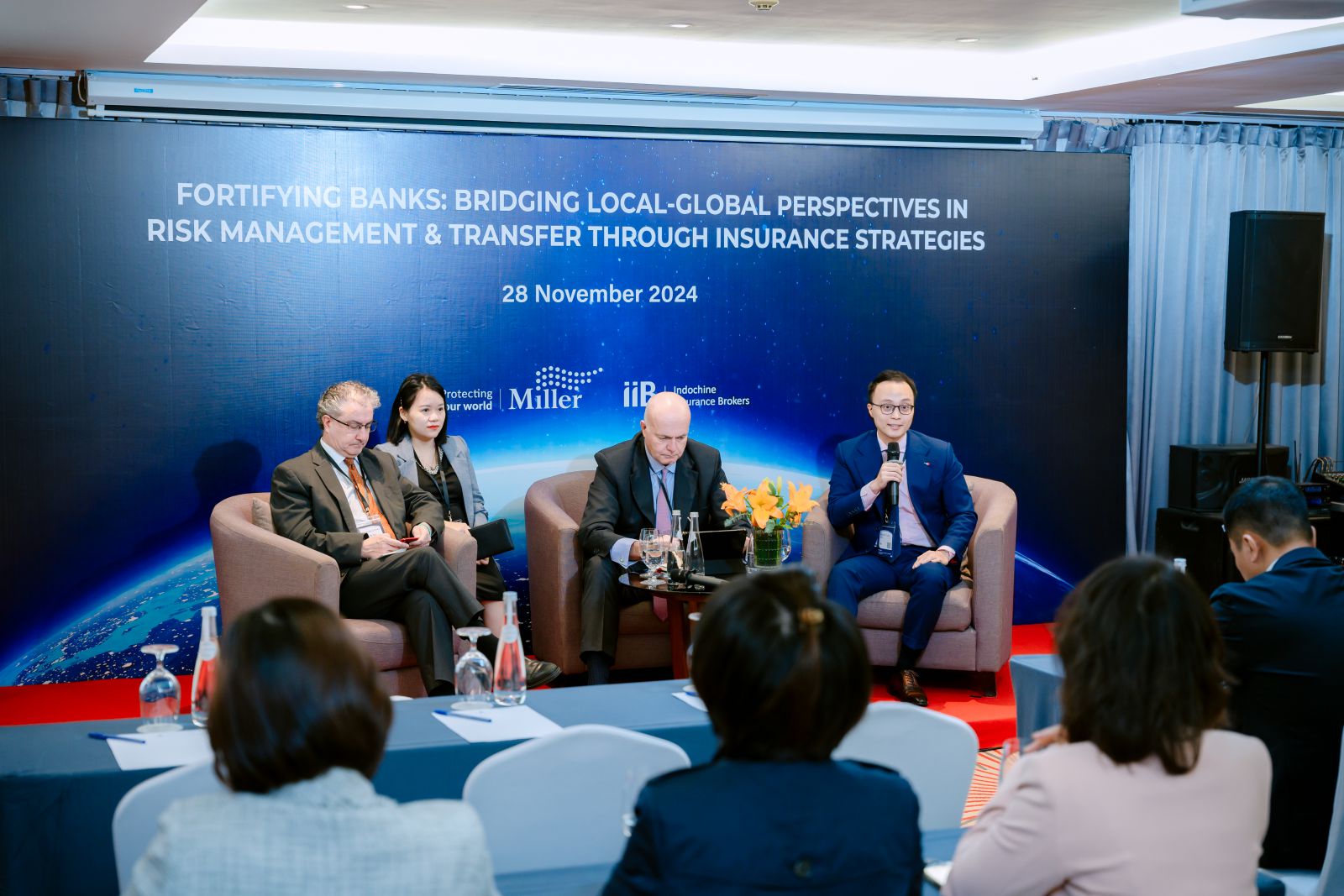As climate change grows increasingly severe, the non-life insurance industry is facing a major turning point. With natural disasters and extreme weather events becoming more frequent, intense, and unpredictable, not only the global economy but also individuals and businesses are being directly affected. Amidst this wave of risks, non-life insurance has emerged as an essential financial mechanism to help share losses, enable economic recovery, and promote sustainable development.
Extreme climate events such as storms, floods, droughts, wildfires, and rising sea levels are no longer just potential threats—they have become a constant reality worldwide. In Vietnam, natural disasters cause losses equivalent to 1.5–2% of GDP annually. Non-life insurance companies have reported losses from Typhoon Yagi in 2024 estimated at approximately VND 11.6 trillion (about USD 471 million).
Non-life insurers are under pressure from multiple fronts. Rising compensation costs have pushed many insurers’ loss ratios beyond safe thresholds. Areas with high disaster risk are gradually becoming “no-go zones” in underwriting policies. Reinsurance prices from international reinsurers have surged. Domestic insurers, already facing limited capital bases, now struggle with restricted capacity to spread risk, creating a dual burden. At the same time, market demand is shifting. Customers—from businesses to individuals—are increasingly interested in climate risk insurance products such as agricultural insurance, property insurance against natural disasters, and business interruption insurance due to extreme weather.
Against the backdrop of increasingly complex climate change developments, non-life insurance is no longer merely a financial service; it serves as an “economic shield” for society. Insurance enables businesses and individuals to transform uncertainty into manageable risk, reducing the financial shock when disasters strike. With the involvement of international reinsurers, the burden is distributed more widely, ensuring economic resilience.
Vietnam is among the countries most severely affected by climate change, yet insurance penetration remains very low—particularly in rural, mountainous, and low-income areas. Therefore, a coordinated strategy between the government and insurance companies is essential. The government needs to establish support mechanisms for climate risk insurance, including premium subsidies, risk sharing with private insurers, and legal frameworks for new products. Meanwhile, insurers should promote specialized insurance markets for natural disasters.
In a world where the climate picture changes daily, non-life insurance is redefining not only its economic role but also its social responsibility. When designed and supported correctly, insurance can become a vital tool to help communities adapt, recover, and sustainably develop in an increasingly volatile world. IIB is confident in its role as a consultant in designing all-risk property insurance programs, particularly those that help businesses mitigate risks from natural disasters. Please contact IIB for the right advice, proper support, and cost-effective solutions tailored to your business needs.

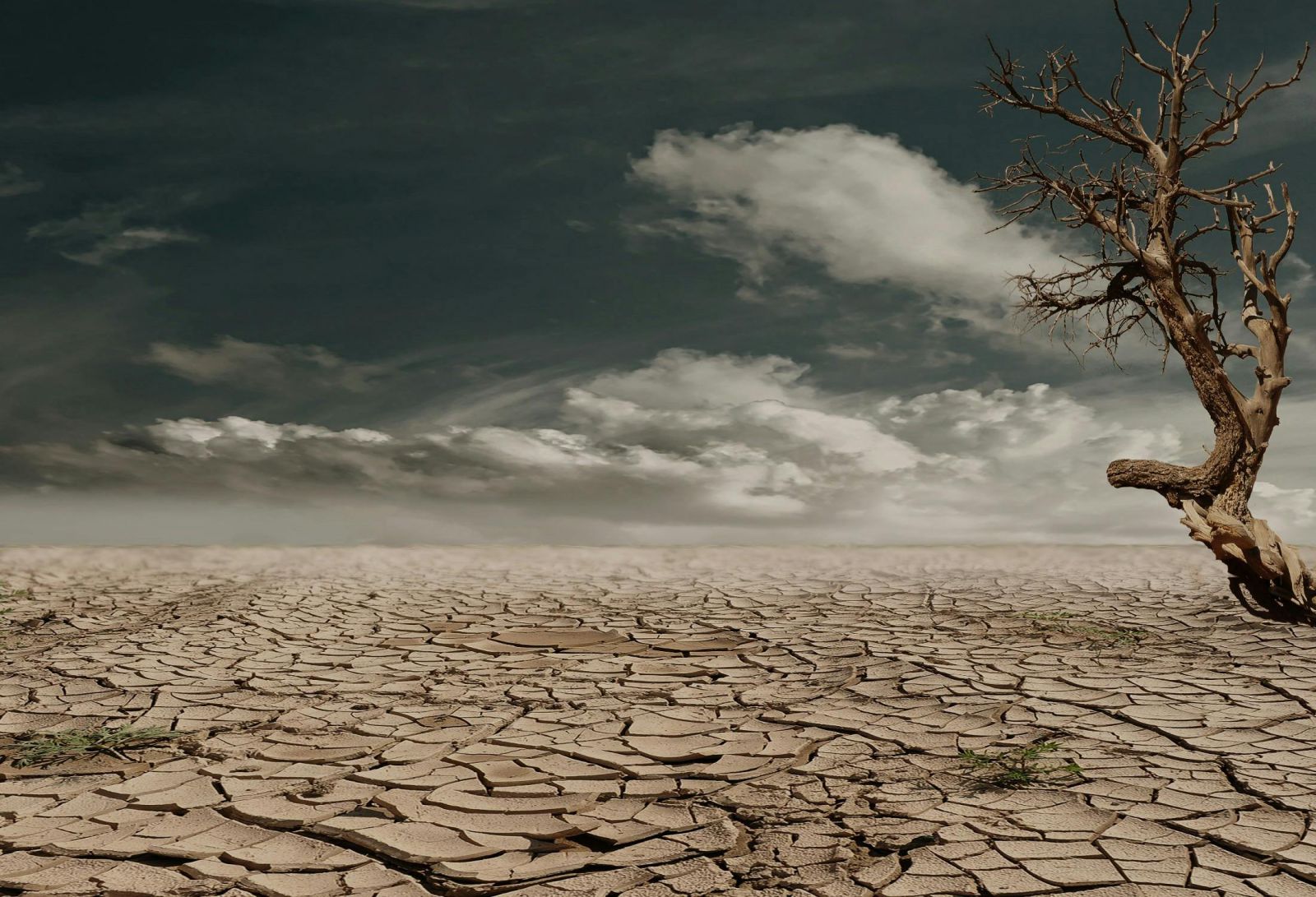
 Sending data...
Sending data...
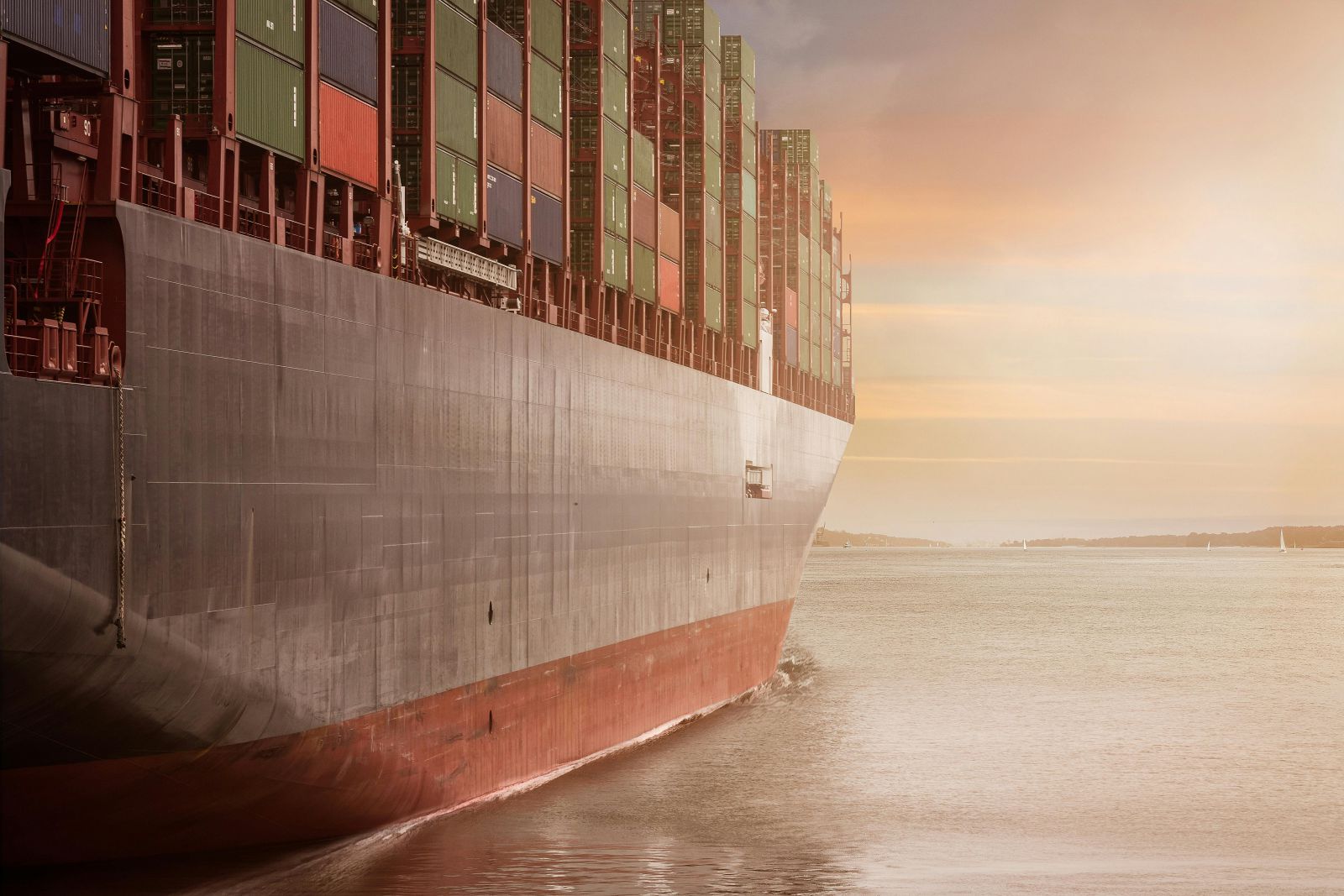
.jpg)

